This charming town is known for its Welsh heritage, beautiful architecture and a bed and breakfast inn that boasts gorgeous gardens.
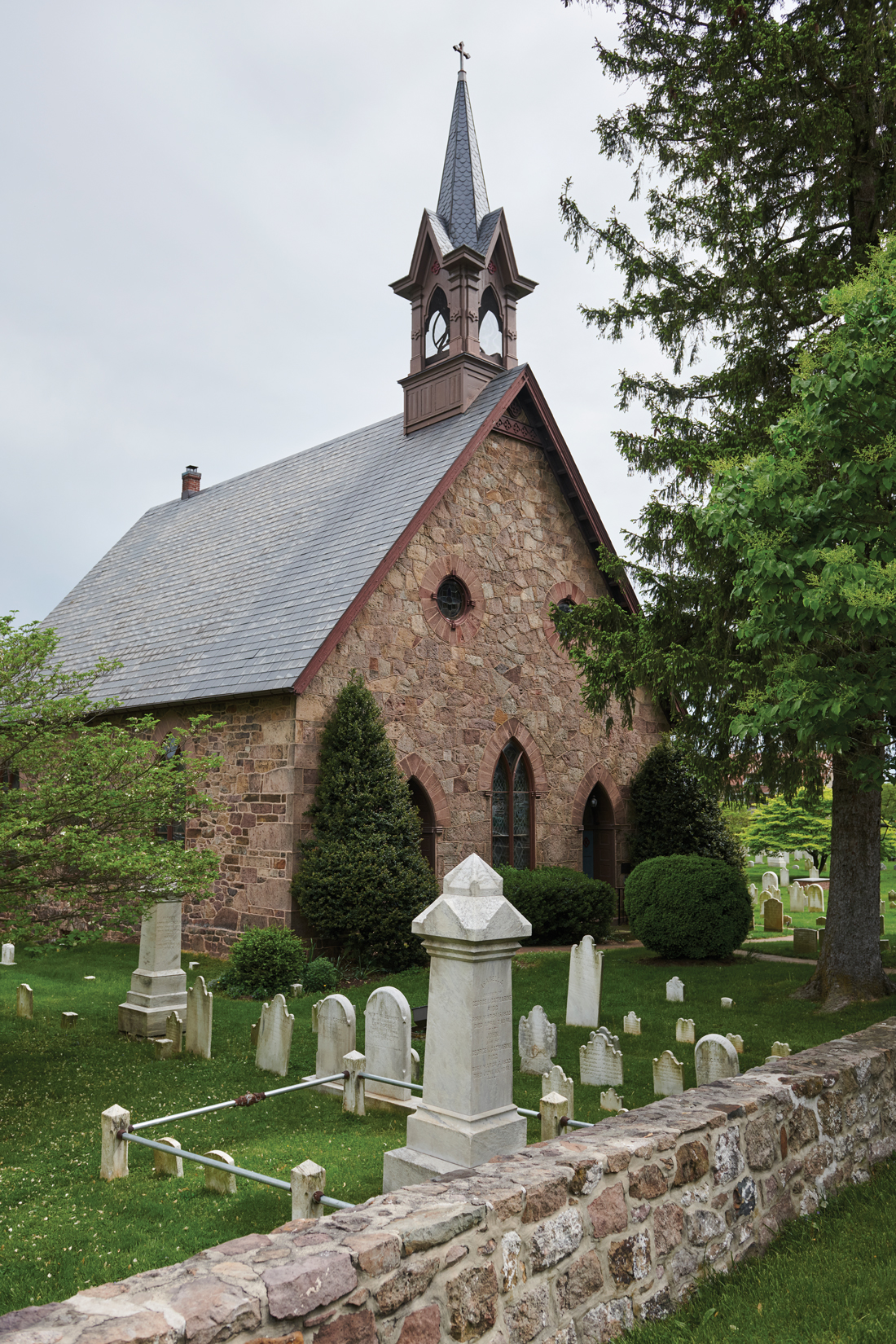
The Bangor Episcopal Church has a storied history, as it was one of the first Church of England congregations to be founded (1722) in Colonial America. Initially, services were held under the trees. They then moved to a log church (1734) and then to one built of stone (1756). The present-day church building dates to 1830.
As for the area’s Welsh heritage, that can be traced back to William Penn. In 1681, a committee of Welshmen met with Penn to discuss the possibility of securing a tract of land that would enable them to emigrate to America. A Welsh Tract was eventually agreed upon. Located on the west side of the Schuylkill River, it covered 40,000 acres (or 62 square miles, primarily today’s Montgomery, Delaware and Chester counties). Penn and 2,000 newcomers arrived in what today is Chester in 1682. Thus began a great migration of newcomers from the British Isles, as an estimated 90 ships carrying emigres would arrive over the next three years, making those of Welsh heritage among the first to inhabit Penn’s Woods. Many of the newcomers who settled the tract hailed from eastern Wales. They were prosperous, educated and, like Penn, tended to be members of the Society of Friends (Quakers).
Land further west – including Churchtown – was also settled by Welsh immigrants, only this contingent tended to be working class people (farmers, miners, tradesmen) who came from northern and western Wales. Most were members of the Church of England. Another wave of settlement occurred in 1720, when a contingent from the Radnor area made their way to what would become Lancaster County.
The Welsh honored their homeland by naming towns and churches after those they left behind. Along what is now known as The Main Line, towns took on names such as Radnor, Merion and Bala Cynwyd. In Lancaster County, Caernarvon Township, Narvon and Bangor are examples. Other obvious examples are New Wales (Montgomery County) and the Welsh Mountains in the vicinity of Churchtown.
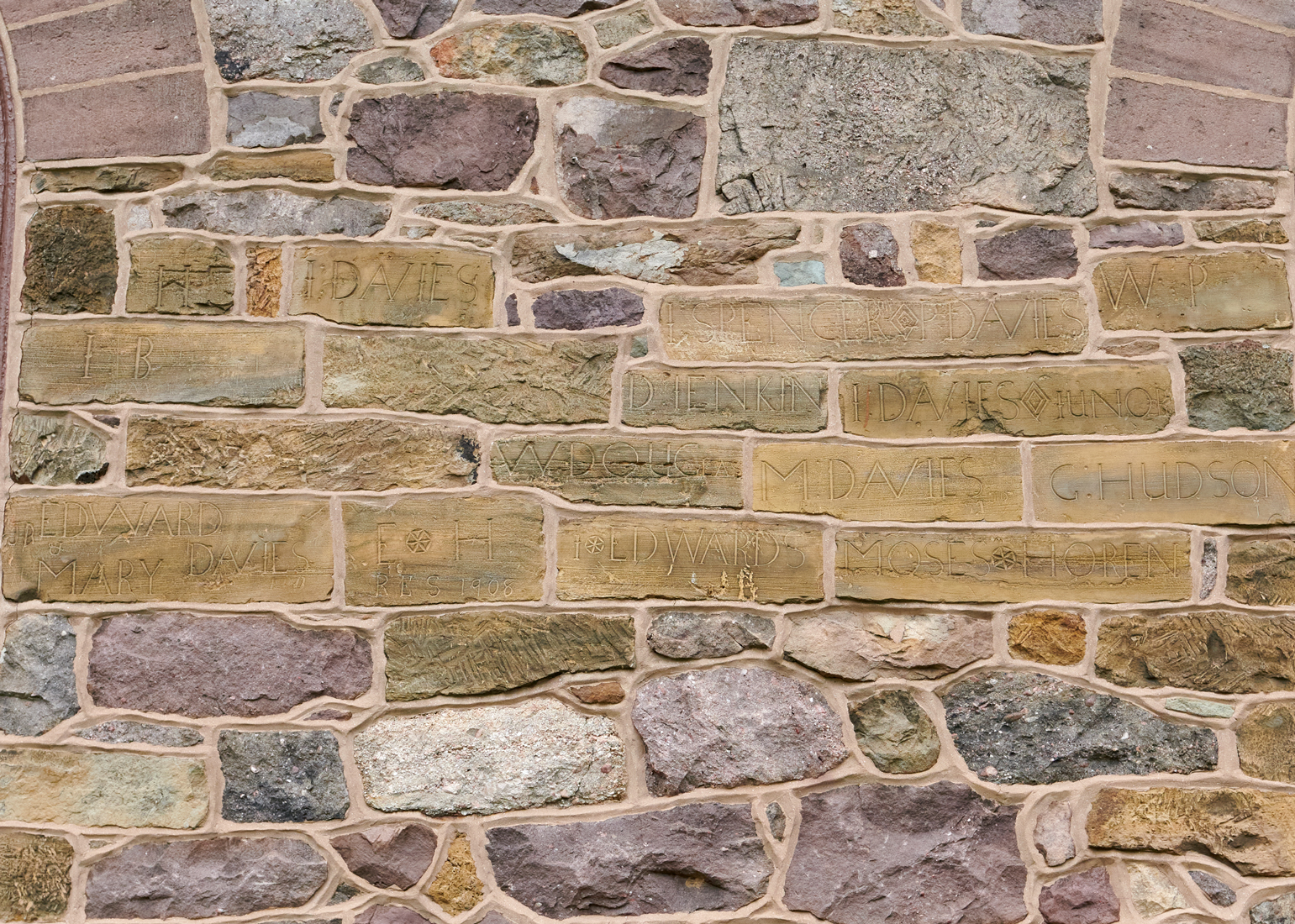
Churchtown’s architecture is not to be missed, as the enduring talents of the area’s stone masons are an indication of the craftmanship that continues to define this area of the county. Names are inscribed in the stones that were recycled from the original stone church and used to build the present-day church.
In what is now Churchtown, a church was formed in 1722 and given the name Church of Bangor in Caernarvon in honor of the Bangor Cathedral in northwest Wales. It is regarded as the earliest-established church in the (present day) Episcopalian Diocese of Central Pennsylvania. It is also regarded as one of the first Church of England congregations to be founded in the colonies. The emergence of the church prompted townspeople to begin referring to their new home as Bangor Church Town.
Initially, services were held under the trees. A log church was built in 1734. A stone church was constructed in 1756. During the American Revolution, the church was closed for six years due in part to the fact that clergy could not make their way to Bangor to conduct services. It’s believed that George Washington visited Churchtown on two occasions; more than likely the visits coincided with business at Poole Forge.
Post-war and after the Constitution of the United States was signed in 1789, the first convention of the Episcopal Church met in Philadelphia, whereby the Church of England congregations were reorganized and became known as Episcopal congregations. The reorganized church also adopted the American Prayer Book.
In 1830, the present-day church was built, taking its inspiration from Gothic Revival architecture. According to the church’s website, the cost of building the new church was $4,000. Elements of the original stone structure were included in the new one, namely stones on which the donors to the old church had cut their names. Such stones were incorporated into the walls of the new building and can still be seen today.
Massive trees fill the church yard and cemetery that surround the church. According to the church’s website, “Inside the nave of the church, a Welsh flag is proudly displayed as a reminder of the hardy colonial pioneers who first made their way to this valley and founded The Episcopal Church of Bangor in Caernarvon.” The church was added to the National Register of Historical Places in 1987.
To read more about the church and Welsh migration, visit bangorepiscopal.org.
Learn more about the history of the area:
- New Holland Area Historical Society, nhhistorical.com
- Caernarvon Historical Society and Museum, caernarvonlancaster.org
Next Stop …

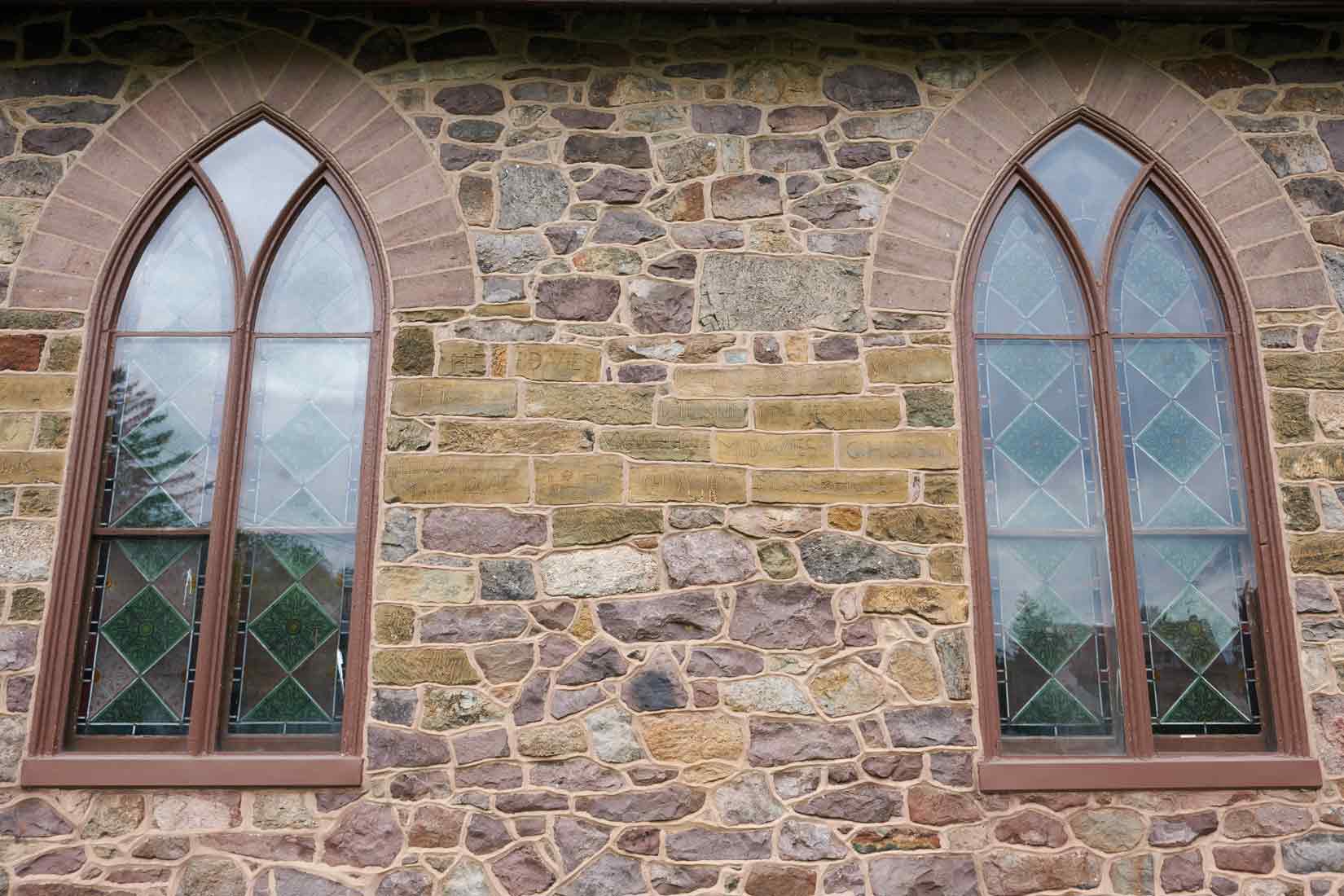
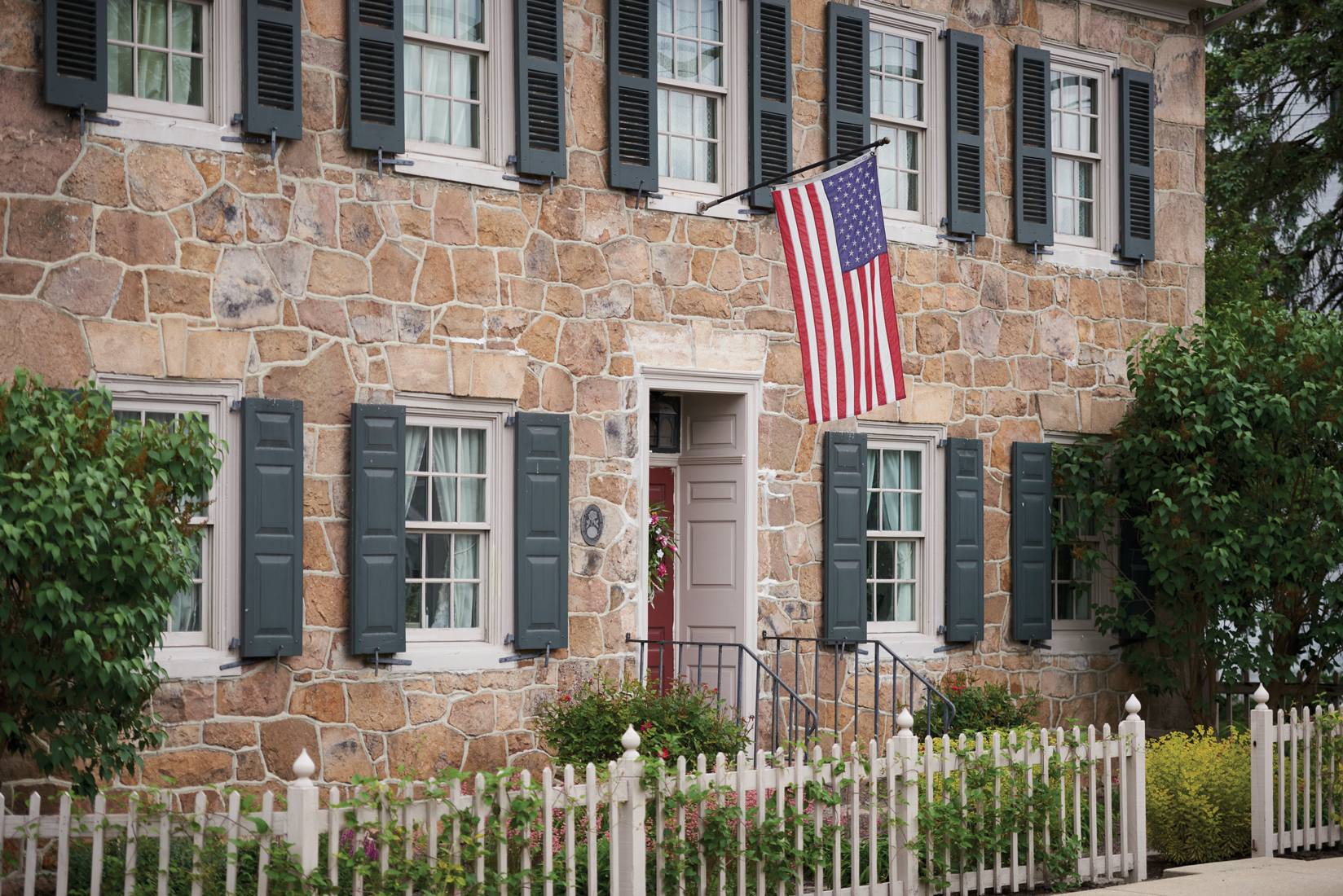
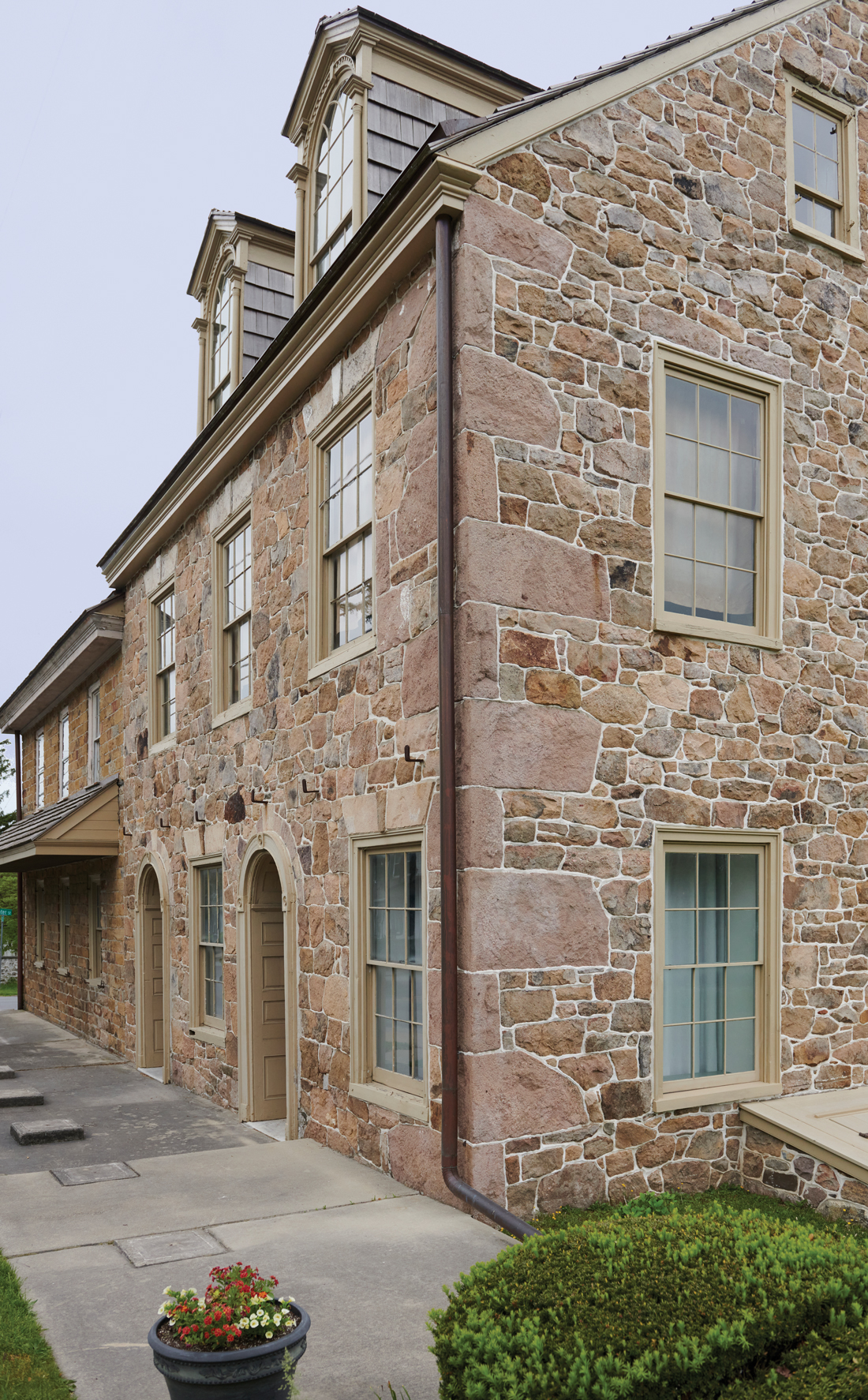
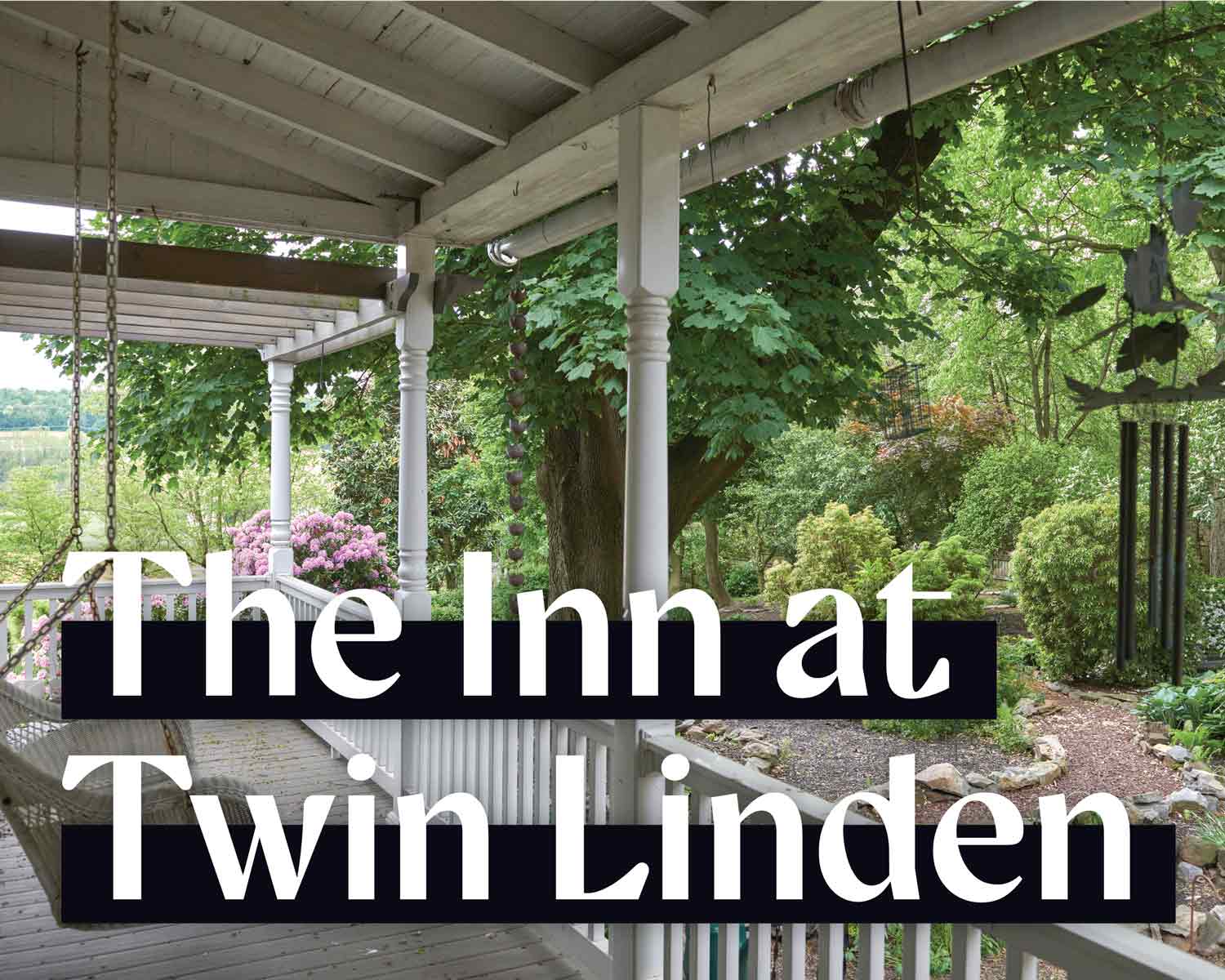
Leave a Reply